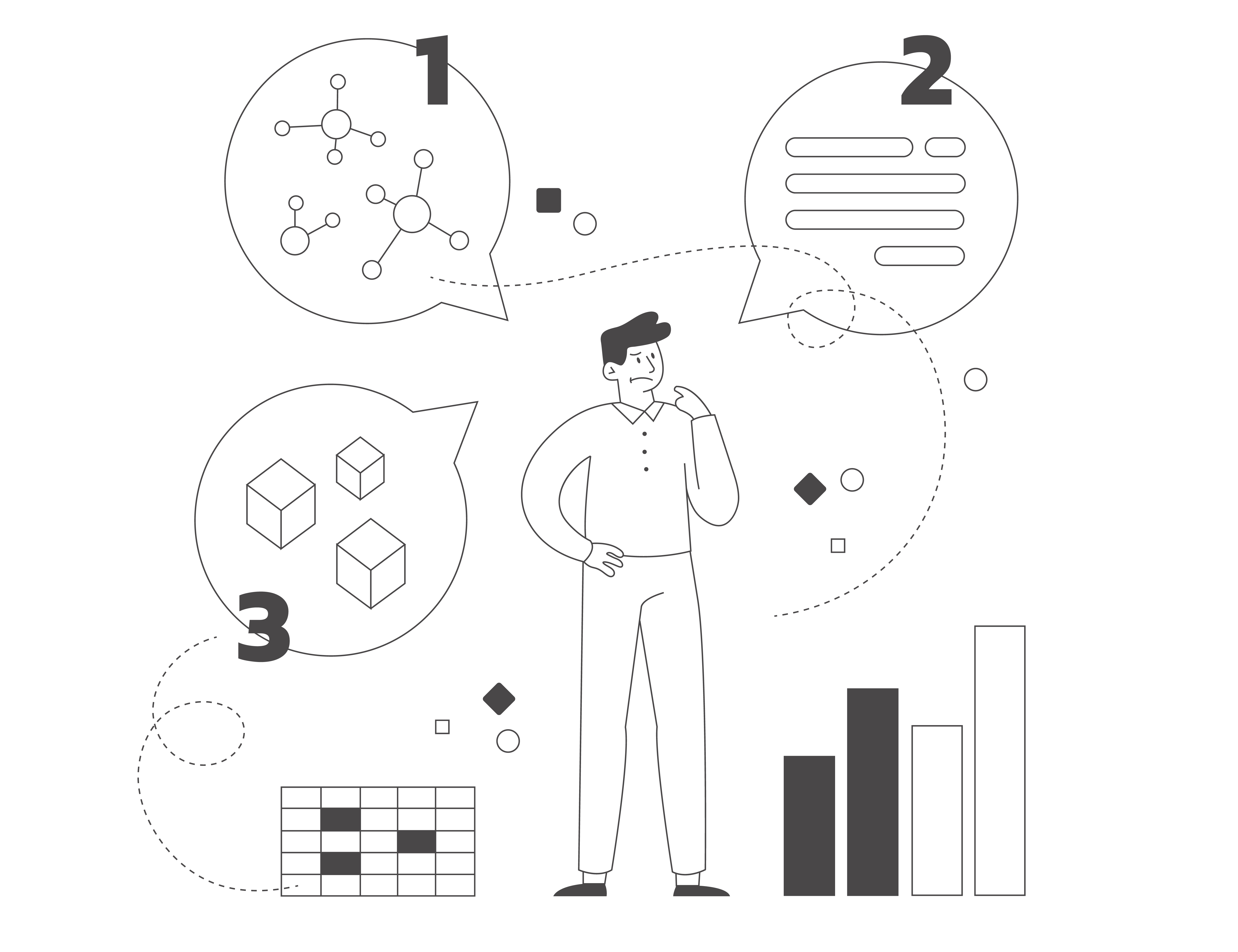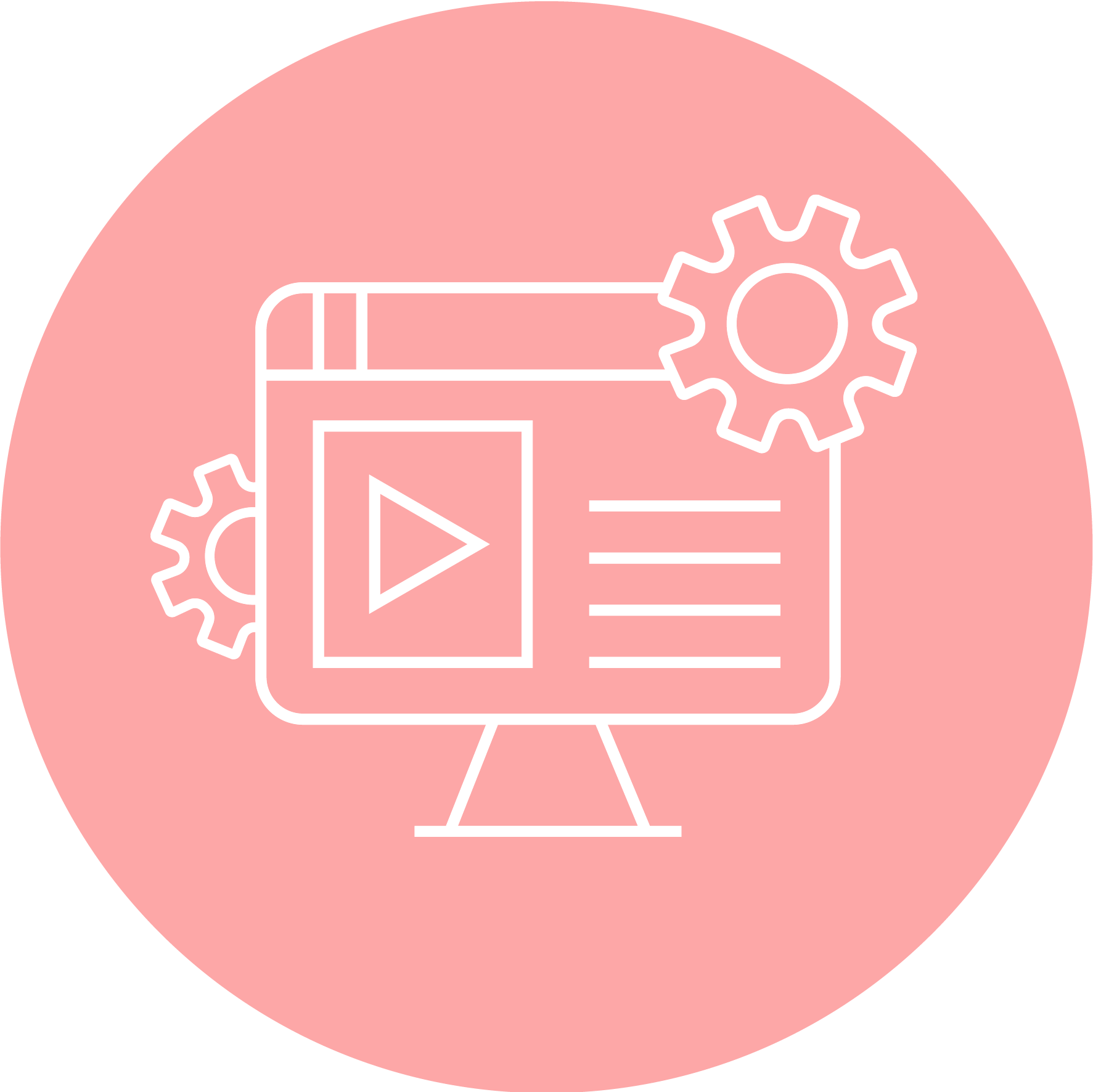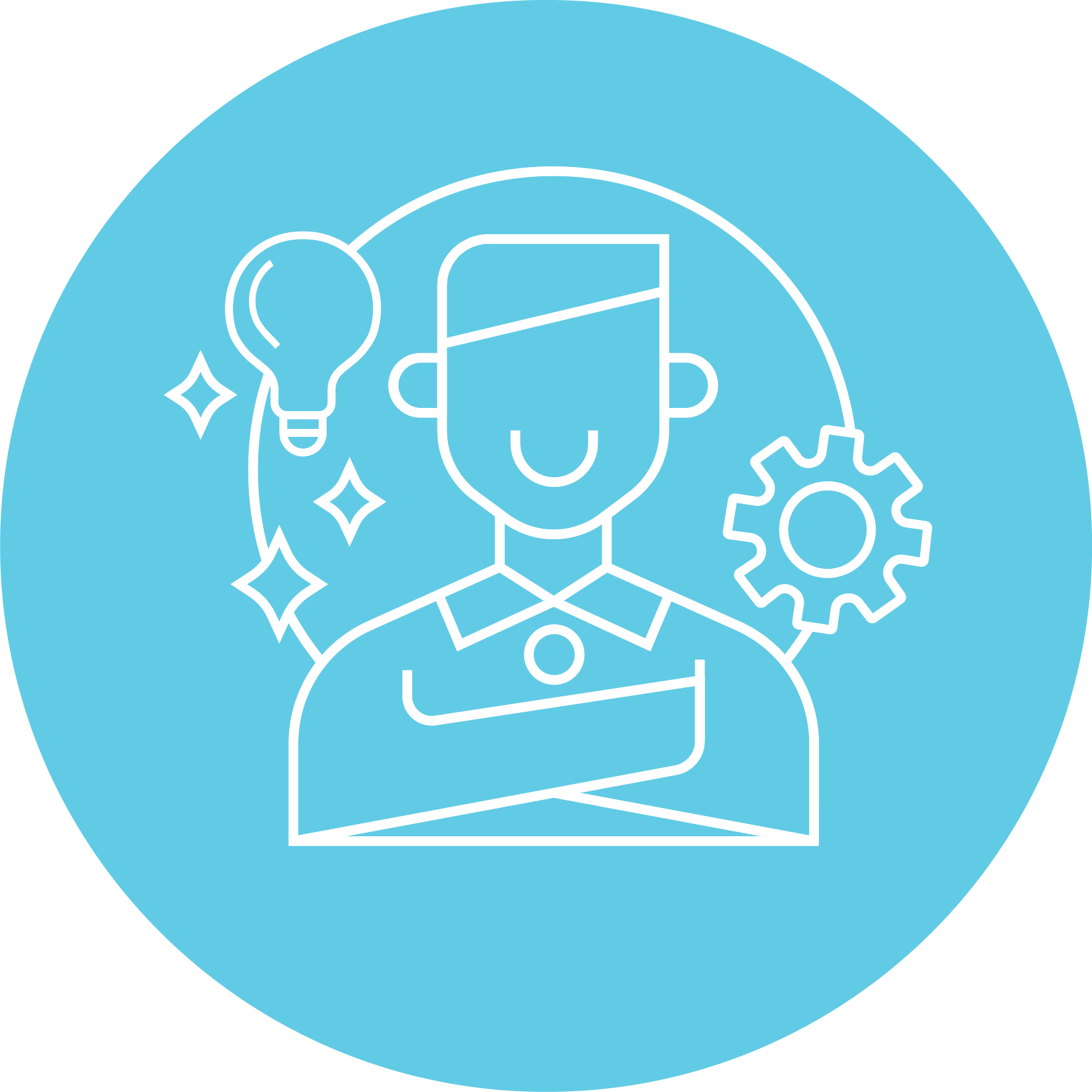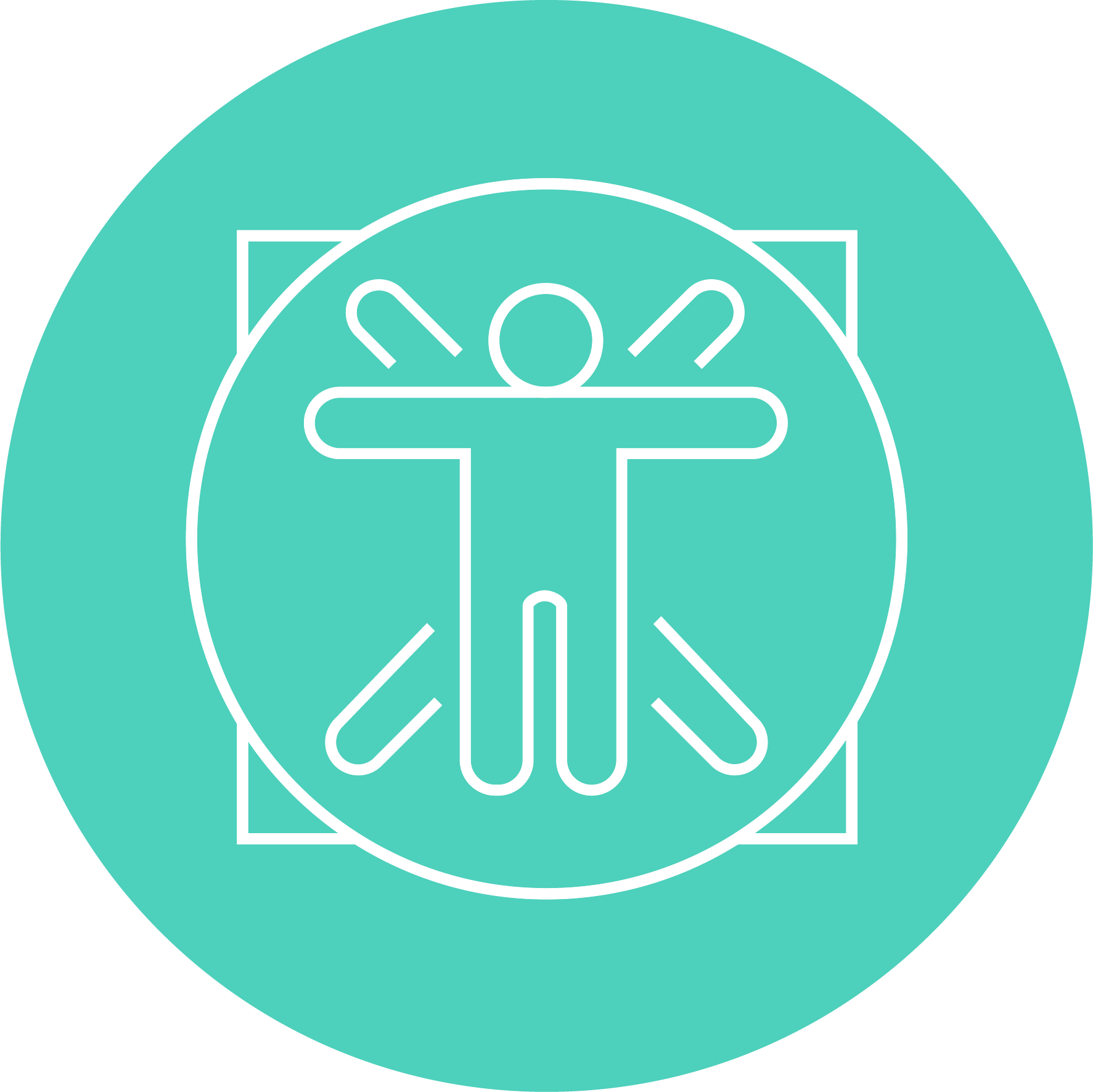Digital strengths
This tool introduces you to three types of digital strengths. Identifying your own digital strengths type helps you understand how you operate in digital environments. You can find out your digital strengths type using the test below. The test will increase your knowledge of how you work in digital environments and give you tips for developing your strengths.

What are the strengths?
Human strengths are defined as positive traits of each person that can be identified, learned and developed. All people have strengths, regardless of their situation in life, social status, learning abilities or other characteristics. You can identify strengths and use them to find a healthy life and flourish. Different people have different core strengths. These core strengths are the person’s signature strengths. All strengths are equally good. (Read more: Uusiautti 2019. Tunnista vahvuutesi ja menesty.)
The digital strengths types presented in this tool are based on the above definition of character strengths. When we work in digital environments, our strengths present themselves in different ways. It is important to recognise your own strengths and behaviours. You can thus better understand why certain situations or tasks are more suitable for you, and why some feel difficult. Identifying one’s own digital strengths type leads to more in-depth knowledge of the most characteristic way of operating in digital environments.
Identifying your digital strengths type is important for two reasons:
- By identifying your strengths type, you can orient yourself to tasks and situations that suit your type, i.e. find and choose the practices that are most suitable for you. You will learn to consider which digital work environments are most likely to enable you to flourish.
- Identifying the types of digital strengths will help you notice the strengths you can develop. If a digital strengths type seems unfamiliar to you, you can consider how you could strengthen the features associated with this type in yourself. You can thus also contribute to the fact that your activities in digital environments support your own wellbeing better.
What kind of digital worker are you?
Do you want to know what your digital strengths type is? Take the test. The test will only take about 5 minutes. Make a note of your score, as it is not recorded anywhere.
The description received from the test is based on different strengths in character and their manifestation when working in digital environments.
Interpretation of results
The result of the digital strengths type test gives you scores for three digital strengths types. You will find descriptions of the types below. The test result is interpreted so that the type with the highest score is your most likely digital strengths type, representing how you are most likely to operate in digital environments. Also pay attention to the score ratio of the digital strength types: are they close to each other, or do any of the types stand out clearly? If one type does, that’s the type that best describes you. If the result is even, each of the digital strength types have features that are characteristic of you.
Each type can have a total score of 60. So also pay attention to the score in relation to the maximum score: if the score is low (below 15), the digital strengths type in question hardly describes you at all. In this case, you can think about how you would strengthen these qualities required in digital environments. If the score is close to the maximum (more than 50), this digital strengths type describes you particularly well. When operating in digital environments, it is worth considering how you can choose tasks or practices in which this type of digital strength is at its best.
Digital strengths types

If you are a Digitalist, you are curious and experimental about how to operate in digital environments. You enjoy using digital tools in a variety of ways in learning and collecting data. You can easily learn new tools. As a Digitalist, you are also characterised by a critical judgement of the information conveyed by different media and a desire to familiarise yourself with the backgrounds of different subjects. You can easily perceive entities and look for solutions from many different perspectives. You will pay attention to the functionality, aesthetics and accessibility of the digital environment, as well as successes in digital work.
A Digitalist’s core strengths are creativity, curiosity, the joy of learning, the ability to consider different points of view, judgement, caution, and appreciation of beauty and excellence.

If you are a Sympathiser, you pay attention to the common good. You understand the feelings and intentions of others when operating in digital environments. You enjoy working in groups and are happy to help others. As a Sympathiser, you may also like to lead the activities of digital work groups or otherwise be an active member of such a group. You act fairly, notice successes and accept different ways of working as part of digital interaction. As a Sympathiser, you are able to genuinely listen to others and ask constructive questions. It is also important for you to play your part and act sincerely.
A Sympathiser’s core strengths are kindness, love, leadership, teamwork skills, fairness, honesty, social intelligence, forgiveness and a sense of humour.

Optimist
If you are an Optimist, you are characterised by emotional strengths. You dare to take risks and to try something new. You are confident in your ability to learn and function fluently in digital environments. You recognise and know how to deal with your own feelings. You are able to manage your own work in digital environments independently. You get excited easily and are energetic in your work. As an Optimist, you know how to rejoice in small successes and are grateful when you learn new things.
An Optimist’s core strengths are courage, hopefulness, self-regulation, enthusiasm, modesty, gratitude, conviction and perseverance.
Digital strengths exercises
What went well?
(Based on the “What went well” exercise)
Keep a diary for about a week and review your activities in digital environments. Try to write down three things that went well. Consider why this happened, and how your digital strength type contributed to the success or this good experience. The things you write down can be big or small. The most important thing is that you learn to recognise your successes and strengths in everyday digital environments.
Exercise is especially suitable for those who want to develop as an Optimist type.
Developing the digital strengths type
Complete the digital strengths type test or VIA test. Choose one or two of your specific strengths and try to use them consciously when operating in digital environments. You can also target a digital strength that you would like to strengthen in yourself in particular.
Try to use this strength five times a day for five days or for five days while operating in digital environments. These 25 attempts to invest in that strength can support that strength, and you can find a way to use that strength more each day. (Source: Lopez, Teramoto Pedrotti & Snyder 2015; Uusiautti 2019.)
The exercise is suitable for the development of all types.
Learn more about strengths (www.vahtoohjaus.fi)
Digital strengths in a group
This exercise is done in a group. The aim is to learn to recognise one’s own and others’ actions in digital environments and to observe how each of the digital strengths types experience working in digital environments in different ways.
Assignment to a group:
- Everyone takes a digital strengths type test and reviews the result of the test. Then interview each other so that everyone can talk about their own digital strength type: “Tell me about a situation in digital environments where you did well, or that you particularly liked. How did your digital strengths show in the situation?”
- Discuss: “What specific skills did the different digital strengths types show based on the interviews? How do digital strength types complement and enrich working in digital environments? “
- This exercise is particularly suitable for developing as the Sympathiser type.
My digital strengths in the future (a letter to my future self)
This exercise is suitable for all digital strengths types.
Look to the future three years from now. Write down your dreams of the digital skills that you hope will come true by then.
What kind of digital talent do you hope to see yourself as in three years?
- What new digital strengths do you see developing in three years’ time?
- What helped you develop your digital strengths?
- What opportunities have digital skills opened up for you?
- How has the development of your digital skills impacted your life?
- What are you especially proud of and grateful for?
- How do you congratulate yourself on these successes?